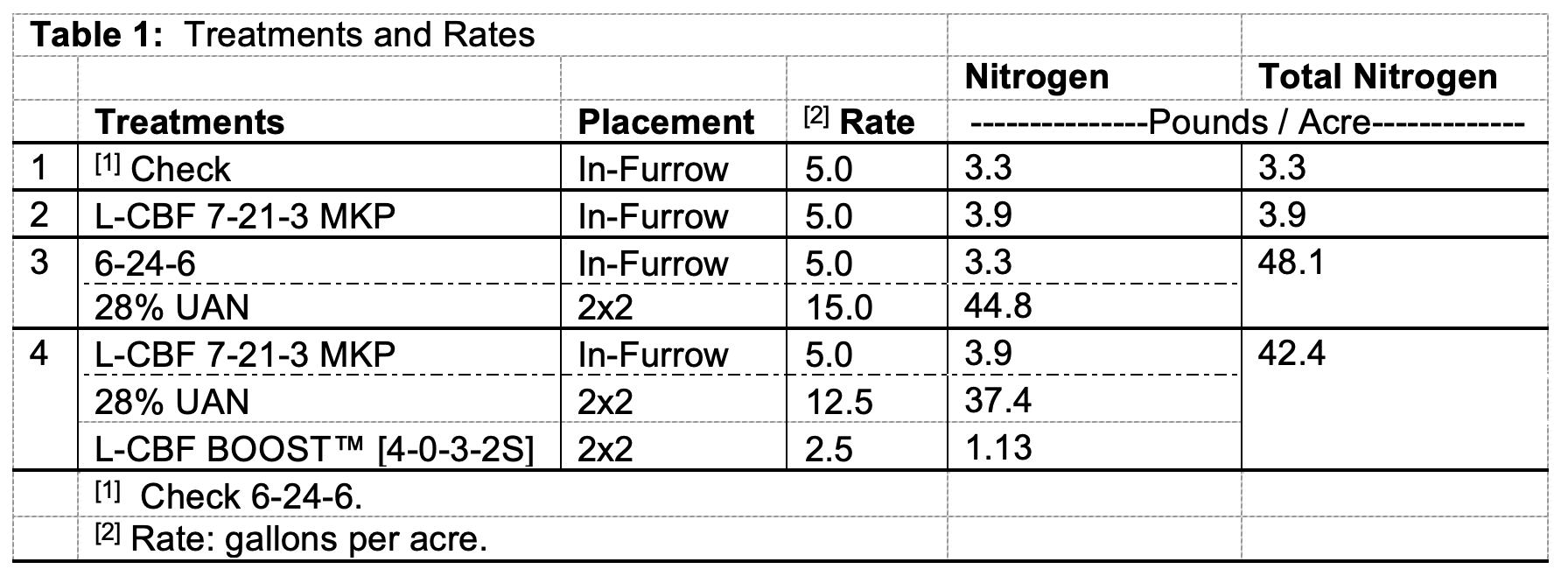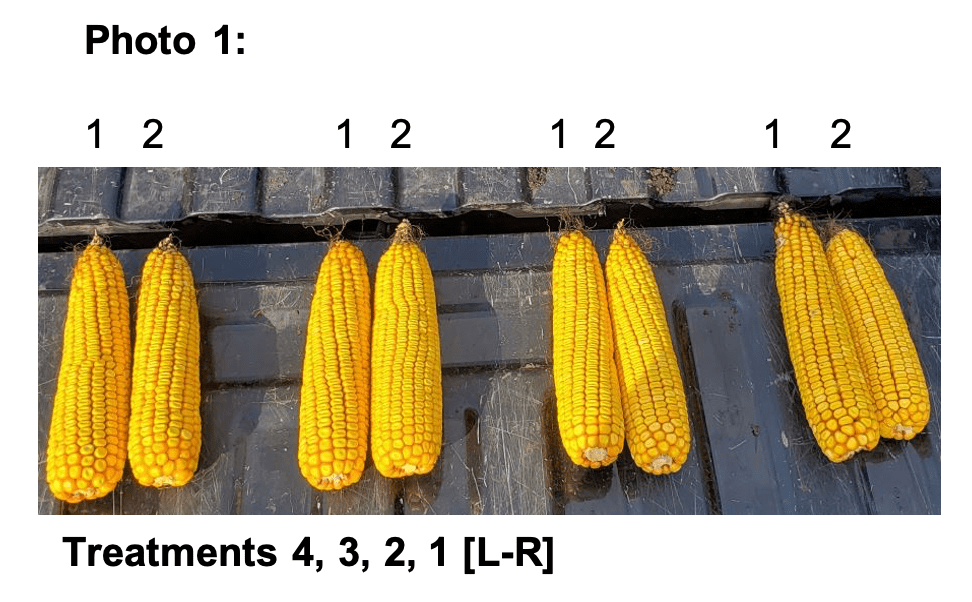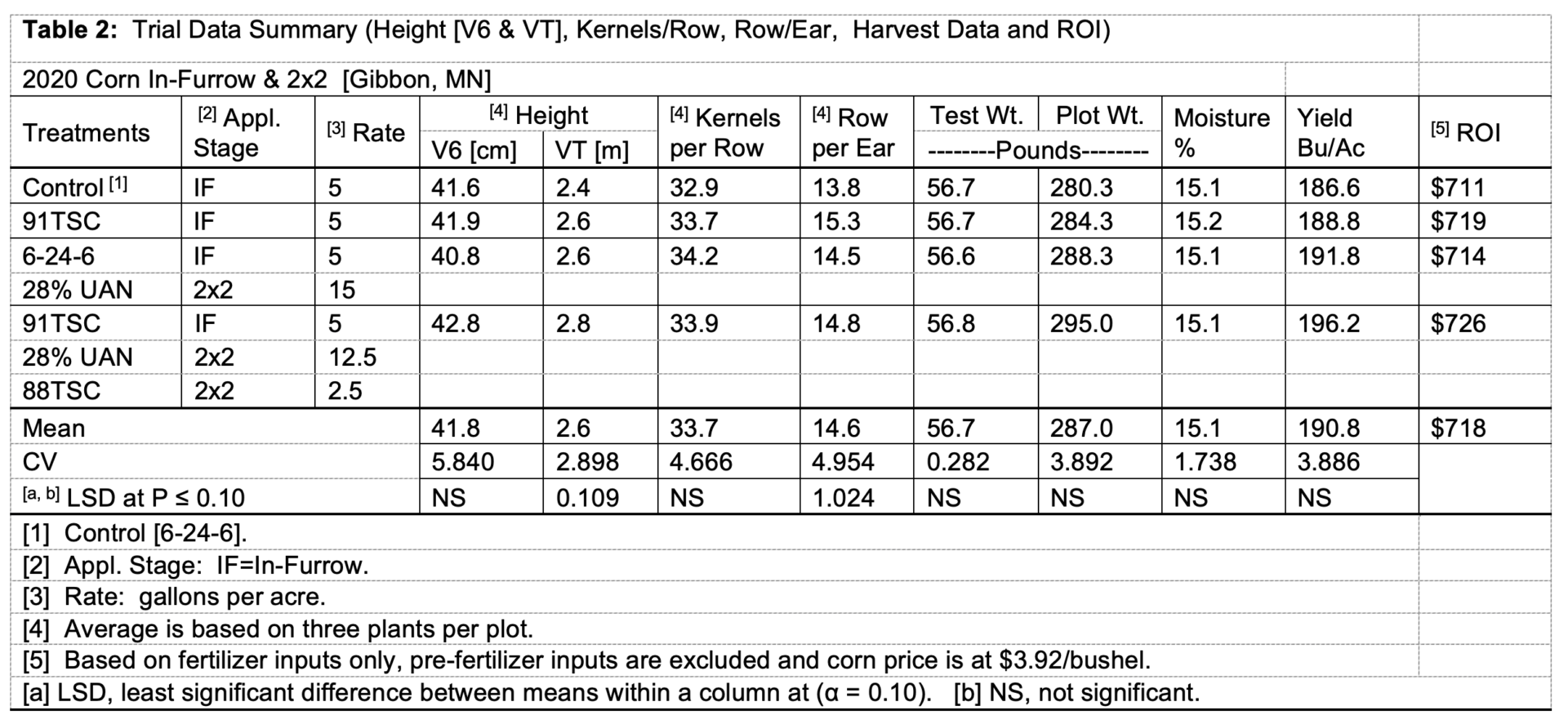by Greg Clark, Field Researcher
Nitrogen [N] is the utmost frequently utilized nutrient and one of the truly valuable inputs in corn production. In actuality, N usage averages thirteen percent and eighteen percent of the variable costs in a corn-soybean and corn-corn rotation, respectively (Duffy, 2014).
U.S. corn grain yields [on average] have expanded over the past fifty years, and N application rates have compounded as well. Initiated in the 1980s, average N application rates have plateaued at about 140 lbs N/acre, but corn yields have continued to improve. This increase in corn yields [2+ bushels per acre per year since 1980], whereas N rates stayed invariable, signifies that nitrogen use efficiency [NUE, bushel per pound N] has improved significantly [Source: USDA]. Escalated NUE is the outcome of enhancements in both agronomic practices [including increasing and maintaining soil biology] and today’s hybrid genetics.
Producers can apply most of the N needs for corn at planting. N applications with a starter fertilizer program can provide an excellent alternative for producers who might not have the opportunity for anhydrous ammonia applications next spring or are planning to apply additional N as a side-dress between the sixth and eighth [V6 & V8] growth stage.
QLF research has shown that the corn plants respond well to N, especially QLF’s Liquid Carbon-Based Fertilizers [L-CBF] being applied in-furrow and via 2×2 placement [2 inches to the side and 2 inches below the seed] at planting. This placement combination enables the corn seed to a favorable fertility start while continuing in a suitable path for obtaining maximum yields. Over the past three years, QLF Agronomy has observed that a single placement and application of N at planting time has a pessimistic impact on corn grain yield.
In 2020, QLF Agronomy conducted and implemented an N placement study in Gibbon, MN. There were four treatments [Table 1] with each treatment being replicated six times [via RCB]. The fertilizers were either applied in-furrow or in-furrow plus 2×2.
The 2020 research study had greater than average field conditions throughout the growing season, thus directing a lot of opportunities for learning and verifying, which correlated well with the data. Early in the growing season, there were obvious dissimilarities amongst treatments by exhibiting various shades of green plant colors, taller plants, and greater plant vigor throughout the growing season [Photo 1]. Treatment four was distinguishable from the other treatments and was validated by statistical analysis from several of the collected variables.
Low weed pressure along with minimal insect and disease helped impetus the corn grain yield, however, a later planting date may have hindered it from pushing 200 bushels. All treatments stood well as they matured through harvest. N for grain development originated from both remobilized N from vegetative tissues and continued with N uptake from the soil [L-CBF feeding soil microbes], therefore, ensuring a season-long N supply for corn grain yield and a higher ROI. QLF’s L-CBF products not only displayed aesthetic appeals but also exhibited increased yields while using less N [lbs/acre], thus improving NUE [Table 2].
Safeguarding that there is a supply of soil N available during the late stages of grain development is the most challenging aspect of an N management plan. This by virtue of the availability of late N which is dependent on many intricate and relating influences comprising of:
- The health of the soil along with keeping soil microbial colonies vigorous and copious.
- Ecological influences that affect N leaching, mineralization, volatilization, and denitrification.
- Placement, product rates, and timing for N application.
- N uptake during critical growth and development periods [e.g., vegetative stages].
- Mineralization of soil organic matter [N usable forms].
References
Duffy, M., 2014. Estimated costs of crop production in Iowa – Ag Decision Maker FM 1712. Iowa State University, Ames, Iowa.



